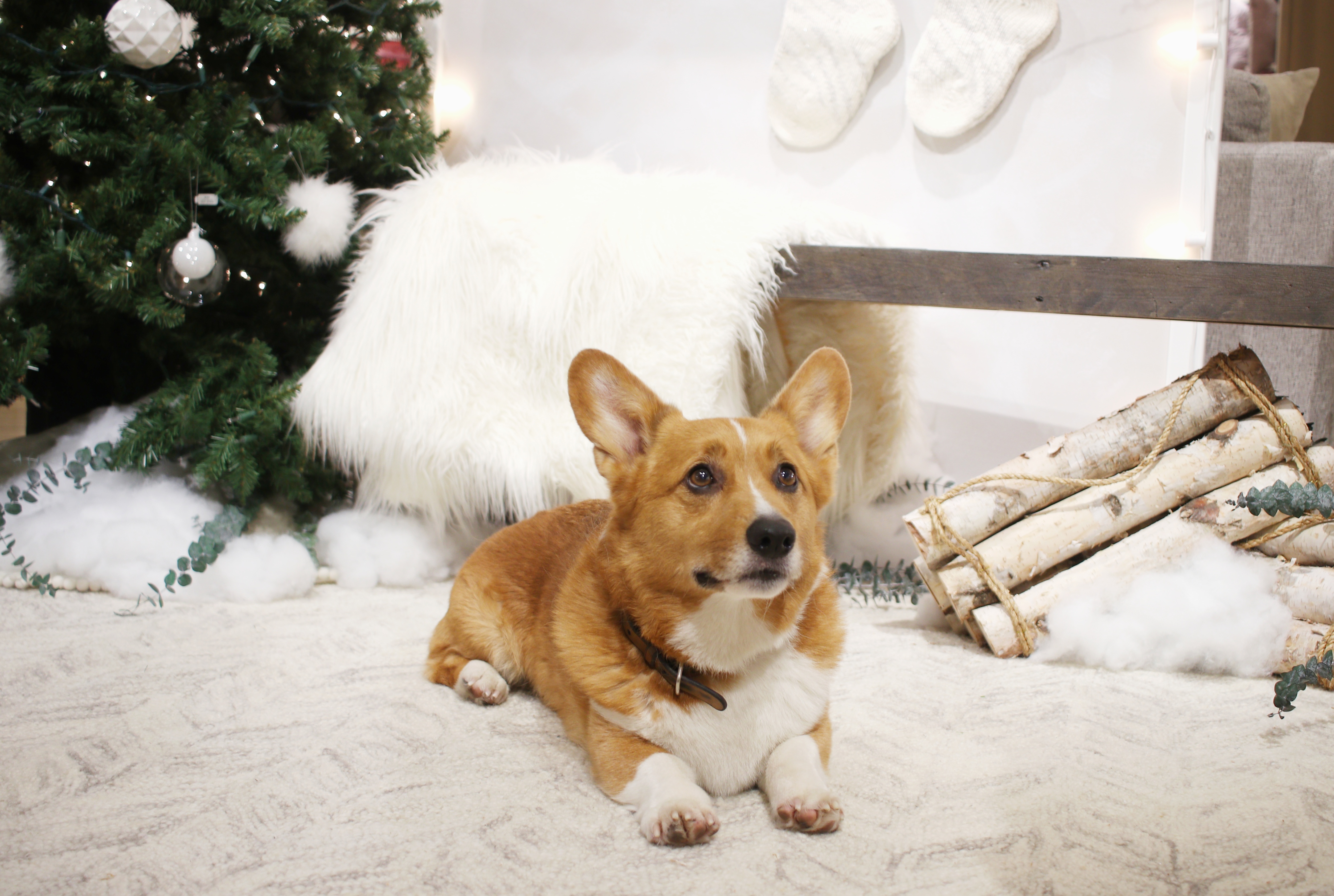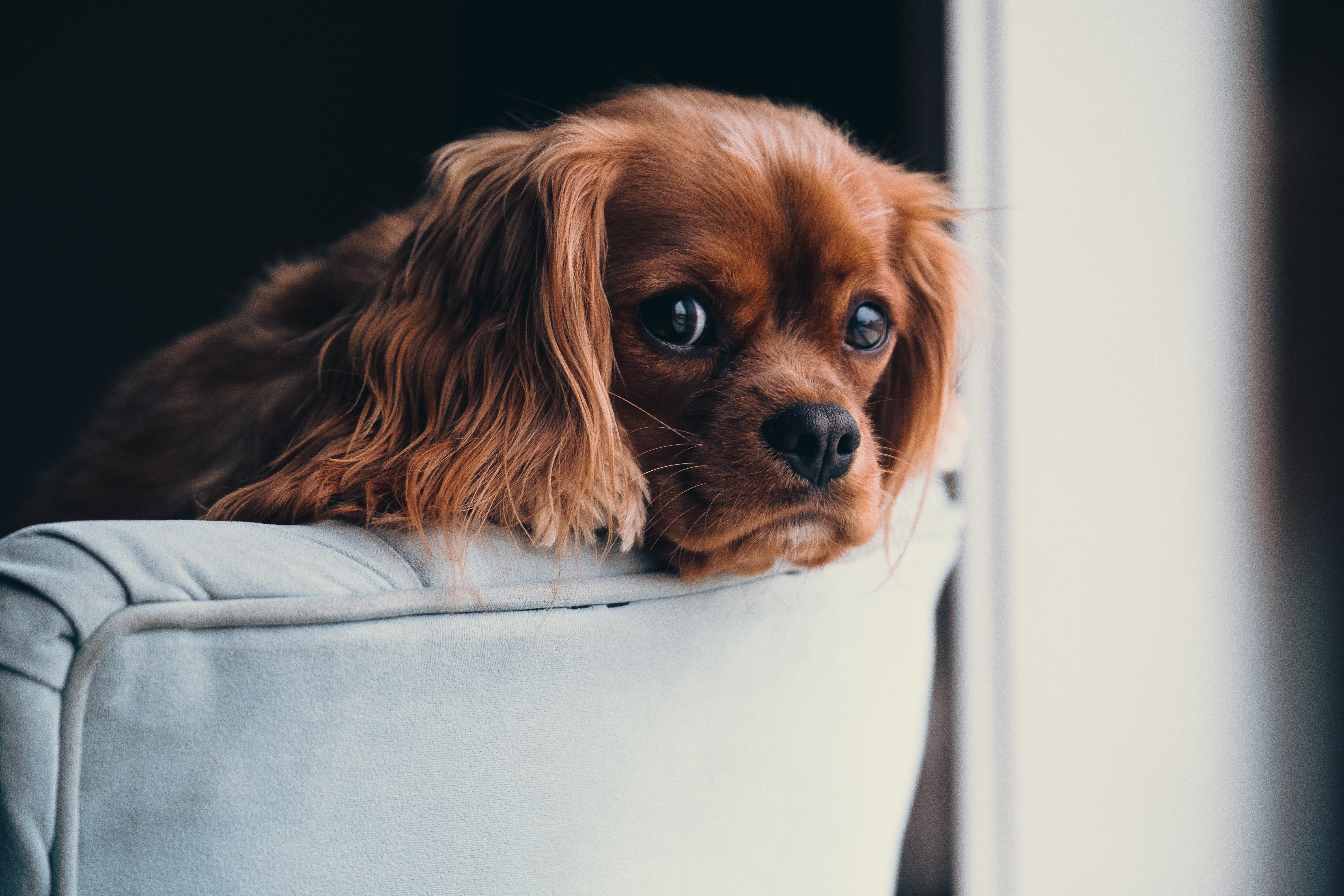I’ll never forget it. One day in December at the veterinary hospital we were treating a Boxer for signs of allergies and atopy. This poor thing was so itchy, and if I remember correctly, also developing an ear infection.
California weather is considered moderate to most, meaning, we see a reduction in the number of patients with seasonal allergies in December. However, our weather isn’t cold enough to eliminate all allergens, so occasionally, we still see pets for symptoms of atopy. I remember the poor pet parent being so confused because we were struggling to figure out the exact cause of this sudden allergy flare up. If my memory serves me correctly, this dog hadn’t suffered from seasonal allergies before. What was even more curious was that in January when she came back for a re-check, she was fine. Ultimately, we determined that the Christmas tree may have been the catalyst that brought about her allergy flare-up.

This photo was taken at West Elm Palo Alto, where they did an amazing fundraiser and donated $1 to the ASPCA for every photo taken at their stores and posted on social media with hashtag #WestElmxASPCA
Since this was an assumption we made at the time, and there were no symptoms left to treat, I wanted to research and share with all of you, are Christmas Tree allergies even a thing?
Unfortunately, it seems that the cases and rare and the research limited. However, this is what I have been able to uncover thus far:
The specific version of canine allergies that are caused by Christmas trees is referred to as: Christmas Tree Syndrome. While many blogs have documented this syndrome as an issue for dogs when Christmas trees are brought into the home, the evidence and explanation around the syndrome seem to be specific to human medicine.
According to an article written in Balsam Hill:
“Live Christmas trees can cause an allergic reaction in certain individuals who may be sensitive to the mold and dust often found in branches and foliage. The number of mold spores continues to rise once the live tree is placed indoors, making the holidays nearly unbearable for those with particularly sensitive allergies.
Other known causes of Christmas tree allergies are tree sap, pollen, which is scattered in the air during the fall season, and terpenes, a compound that gives pine trees their characteristic scent. Chemicals used at Christmas tree farms may also cause skin and eye irritation.”
In reality, it isn’t the tree itself that is causing the allergy symptoms in many cases, but the mold, dust, sap, pollen, and possible additives from the Christmas tree farms that are causing the irritation for many people and pets.
So the questions still remains, how do you determine if a December allergy flare-up is caused by the Christmas tree?
1) Track the severity of the allergy symptoms in a journal (rating their allergies from 1-10) from the day you bring the Christmas tree in the house.
According to an article published in IQAir:
“During the first three days that the tree was indoors, mold spore counts remained at about 800 spores per cubic meter of air. Starting on the fourth day, however, the spore counts began rising and eventually reached 5,000 spores per cubic meter within two weeks. Counts higher than 700 spores per cubic meter are an indication that mold growth is occurring in an environment.”
Based on the findings above, it’s possible that your pet’s allergies will become severe, not right away, but after the tree has started to grow more spores. Additionally, tracking the allergies through the month of January can be very telling as to the correlation between the Christmas tree, and allergy symptoms.
2) Work with your veterinarian to eliminate other causes of allergy flare-ups.
With any allergy symptoms you don’t want to wait too long to treat, and/or make too many assumptions about the cause. Allergies for pets can be a lifelong battle and the more information you get earlier on, the better. The allergy journal mentioned above will be incredibly useful for your visit to the veterinarian.
Is there anything else I can do to protect my pet?
Fortunately, the answer is yes! IQAir recommends the following to protect both humans and pets from symptoms of Christmas Tree Syndrome:
- “Clean and wipe the trunk of your tree thoroughly with water and bleach before you bring it into the house.” I would add that if you wipe down your trunk with bleach be extra diligent that your pet doesn’t drink the water.
- “Use a leaf blower to remove as many pollen grains as possible before bringing the tree indoors.”
- “Get rid of the tree sooner. Mold spores increase the longer the tree is around. Consider removing the tree from your home the day after Christmas.”
- “Consider purchasing a self-cut tree. By cutting your tree yourself you bypass the storage and transportation conditions that promote mold growth.” We are very interested in trying this next year.
- “Use a high-performance room air purifier in the same room as the tree.”
I realize as I am writing this Christmas is over. However, if your pet has been suffering inexplicably from allergies this December, I highly recommend tracking their allergy symptoms through January to determine if the Christmas tree was part of the problem, so that you can prepare for next year.
We hope you had, and are having, an amazing holiday season!



